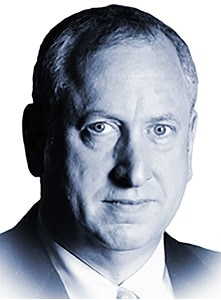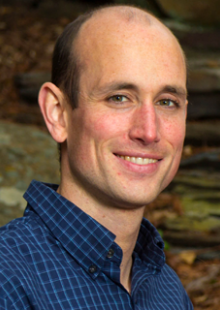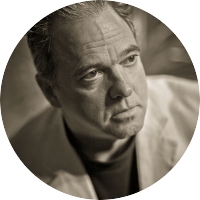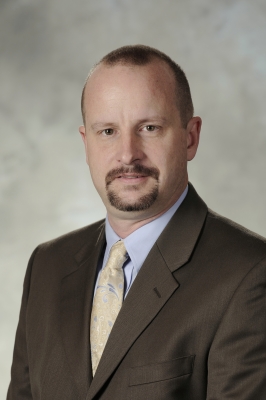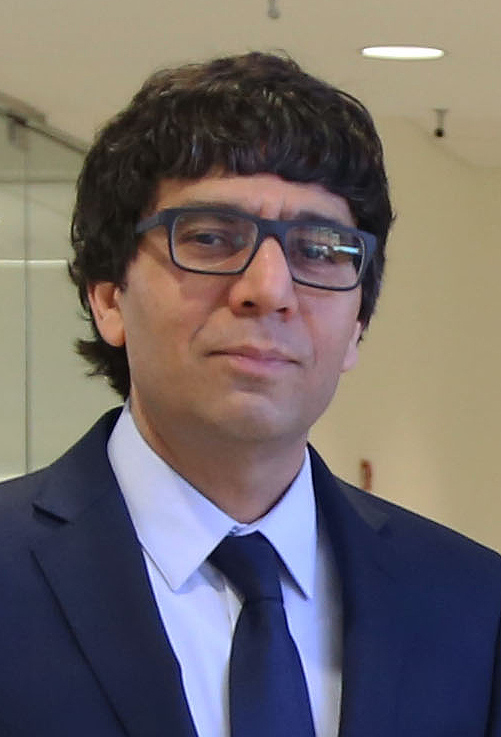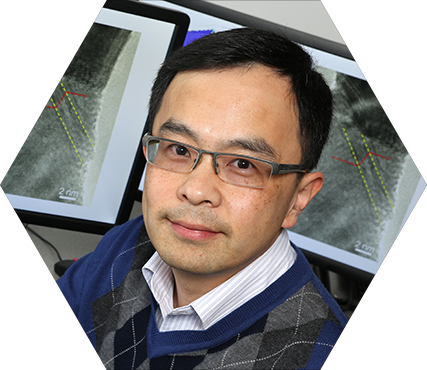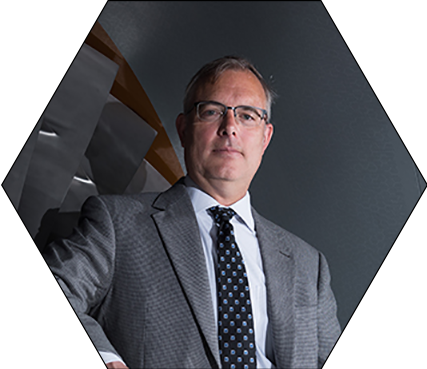Naresh Thadhani
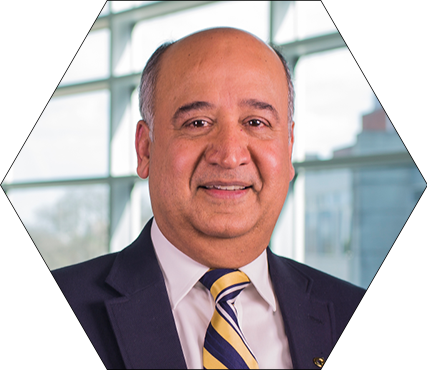
Thadhani joined the faculty in the School of Materials Science and Engineering at Georgia Tech in September, 1992. His research focuses on studies of shock-induced physical, chemical, and mechanical changes for processing of novel materials and for probing the deformation and fracture response of metals, ceramics, polymers, and composites, subjected to high-rate impact loading conditions. He has developed state-of-the-art high-strain-rate laboratory which includes 80-mm and 7.62-mm diameter single-stage gas-guns, and a laser-accelerated thin-foil set-up, to perform impact experiments at velocities of 70 to 1200 m/s. The experiments employ time-resolved diagnostics to monitor shock-initiated events with nanosecond resolution employing piezoelectric and piezoresistive stress gauges, VISAR interferometry, Photonic-doppler-velocimetry, and high-speed digital imaging, combined with the ability to recover impacted materials for post-mortem microstructural characterization and determination of other properties. He has built computational capabilities employing continuum simulations for design of experiments and development and validation of constitutive equations, as well as for meso-scale discrete particle numerical analysis (using CTH and ALE3D codes) to determine the effects observed during shock compression of heterogeneous materials, using real microstructures.
deformation and degradation; fracture and fatigue; Ceramics; Materials Failure and Reliability; Materials In Extreme Environments; Materials Testing

